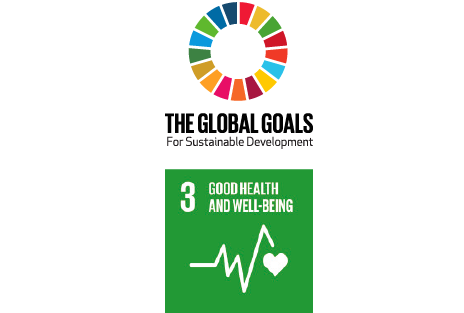
Therefore, considering the local regulations in the different markets in which we and our customers operate, and whenever the risk assessment defines a higher risk, we buy certified raw materials or encourage and support the suppliers to join improvement programs that allow them be certified on environmental or social standards. We can follow these, and any raw materials, through robust traceability systems that give us detailed information of marine ingredients back to fisheries in order to know if they’re responsibly managed, or back to the country of origin in the case of high risk vegetable ingredients like soy, to assess the risk of deforestation.
In 2019 we included sustainability in 75% of our global supplier audits and we have set the target of reaching 100% in 2020. In connection to that, we will keep strengthening the internal procedures of our integrated quality management platform for monitoring the quality assurance and control of our key business processes. Our commitment is to keep working together with key partners across the value chain and always lead the journey towards a more transparent and trustworthy aquaculture industry.


